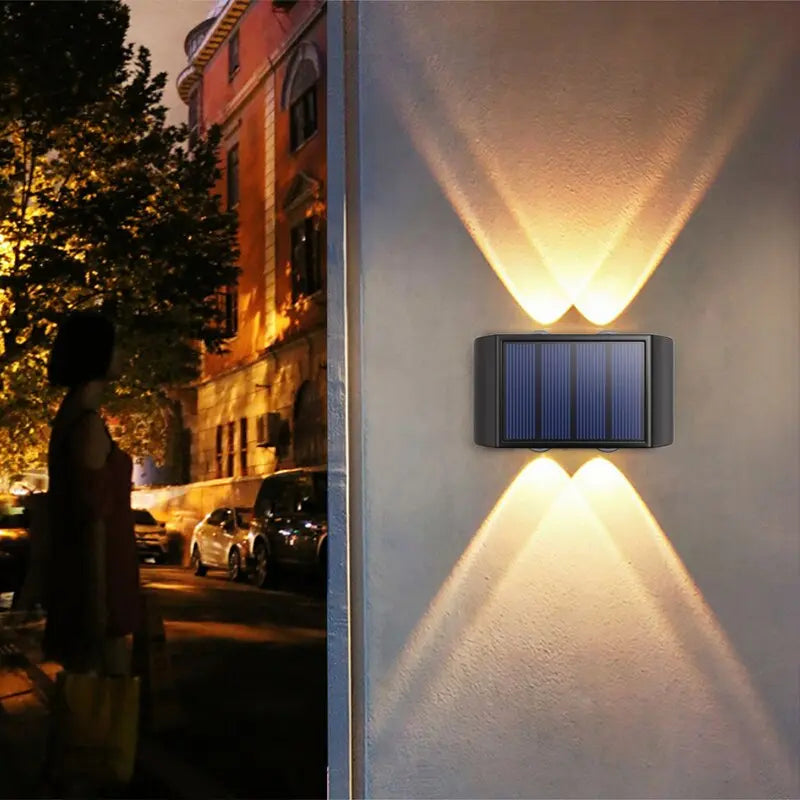Figuring out how many lumens you need for outdoor lighting can be tricky. We'll break it down so you can light up your yard easily. Let's start with the basics and work our way up to some cool lighting ideas.
Key Takeaways
- Lumens measure brightness: more lumens = brighter light
- Different outdoor areas require varying lumen levels
- Consider purpose, location, and desired ambiance when choosing brightness
- Color temperature affects the mood of your outdoor space
- LED lights offer energy efficiency and longevity
What Are Lumens Anyway?
Lumens measure how bright a light is. Think of them as the "juice" that makes your light shine. The more lumens, the brighter the light. It's that simple! In the past, we used watts to figure out brightness, but with LED lights taking over, lumens are the new go-to measure.
Here's a quick comparison to help you understand:
Lumen to Watt Conversion
- LED Lights:
- 450 lumens: 6-7W
- 800 lumens: 9-10W
- 1600 lumens: 16-18W
- Incandescent Lights:
- 450 lumens: 40W
- 800 lumens: 60W
- 1600 lumens: 100W
See how LEDs give you way more light for less power? That's why they're so popular for outdoor lighting!, including energy efficiency and longer lifespan.
Lumens for Different Outdoor Spaces
Not all areas in your yard need the same amount of light. Let's break it down by space:
Path Lights (100-200 lumens)
Path lights don't need to be super bright. You just want enough light to see where you're going without tripping over your own feet! For safety, consider placing lights every 6-8 feet along your pathway.
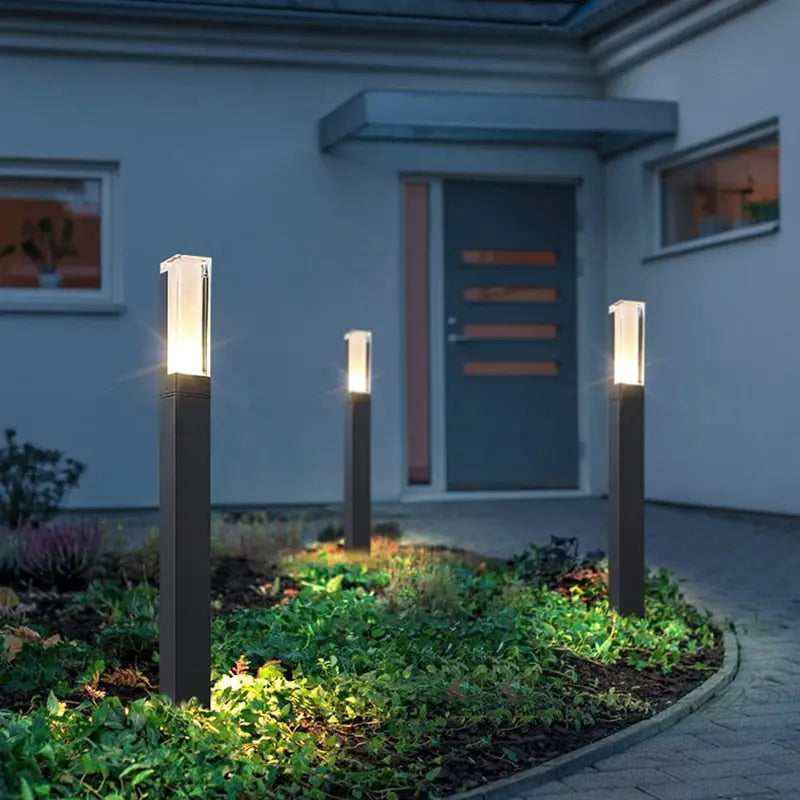
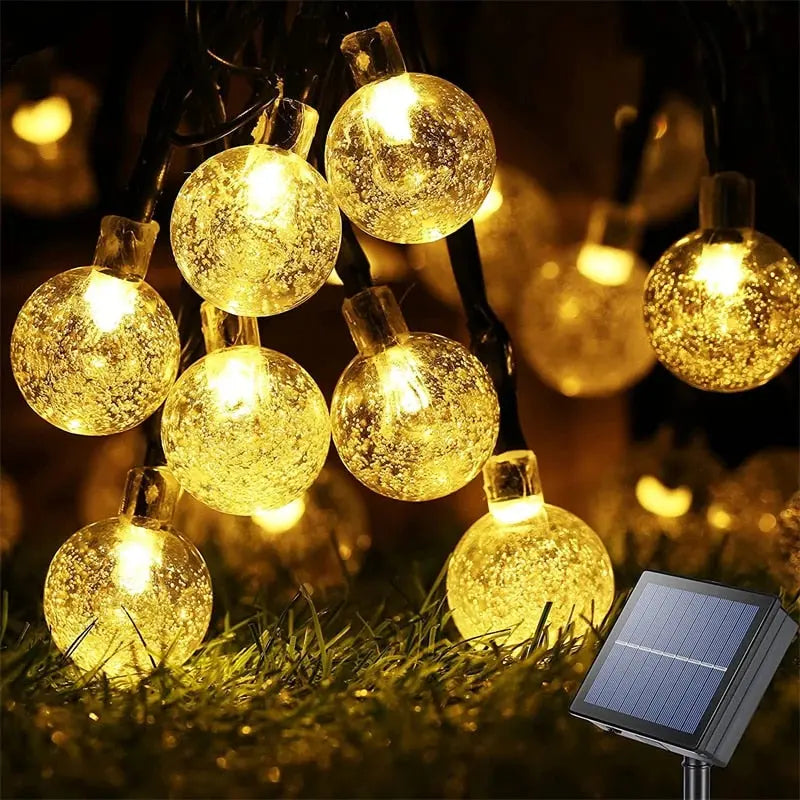
Check out our Zenlum LED Landscape Lights ($69.99) for path lighting. They're made of tough aluminum and use energy-saving LEDs. Or try our Solar Dimmable Outdoor String Lights ($29.99) for a fun, adjustable option.
Flood Lights (700-1300 lumens)
Flood lights need to be bright enough to light up a big area. They're great for security or showing off your awesome landscaping at night. When positioning flood lights, aim them downward at a 22-degree angle to minimize light pollution and glare.
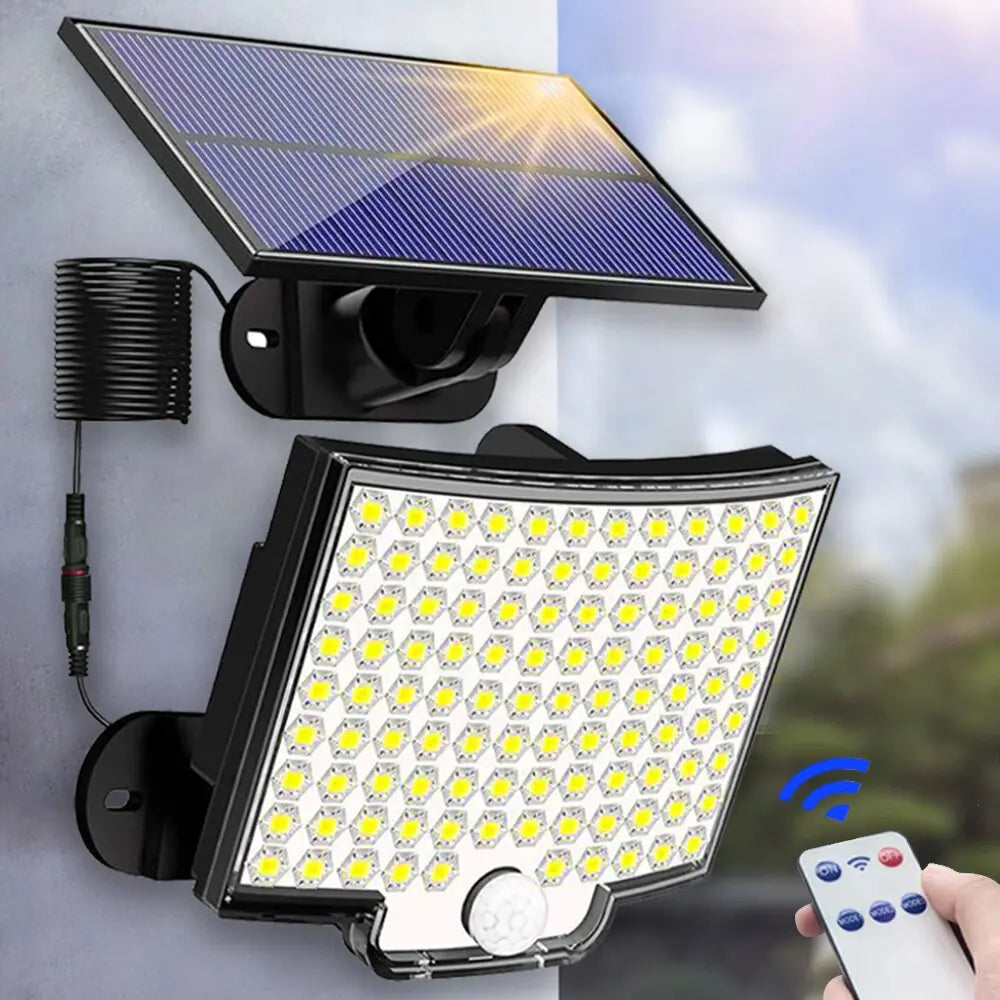
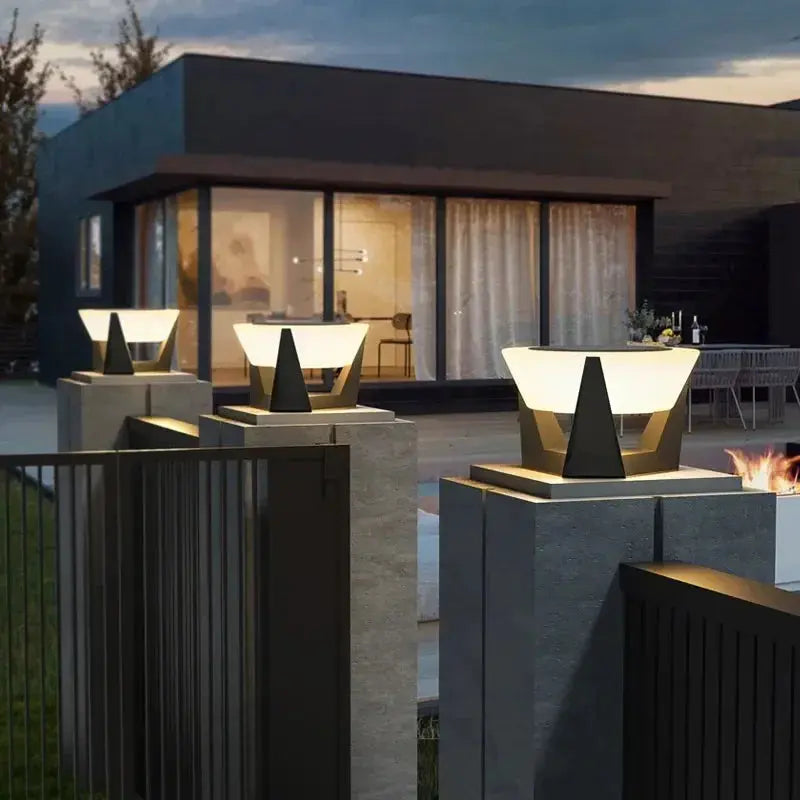
Our Extendable Solar Outdoor Wall Lights ($39.99) are perfect for this. They're solar-powered and can light up for 12 hours straight! For something fancier, try our Modern Outdoor LED Solar Light ($399.99). It's super bright and you can control it with a remote.
Porch Lights (800-1000 lumens)
Your porch light needs to be bright enough to welcome guests and keep your entryway safe. But you don't want it so bright that it blinds everyone! A dimmer switch can be a great addition to adjust the brightness as needed.
The Radya Solar Wall Light ($29.99) is a good choice here. It's easy to install and uses the sun to power its four bright LED bulbs.
Picking the Right Brightness
Choosing the right brightness isn't just about the numbers. You need to think about:
- Why you want the light (Is it for safety? To make things look pretty?)
- Where you're putting it (A big open space needs more light than a small corner)
- What kind of mood you want (Soft and cozy or bright and clear?)
- The reflectivity of surrounding surfaces (Light-colored walls reflect more light)
- Any local light pollution regulations in your area
Our guide to choosing outdoor lighting solutions can help you figure out what works best for your space.
Color Temperature Matters Too
The color of your light is just as important as how bright it is. For outdoor lighting, you usually want something warm and cozy, around 2700-3000K on the color temperature scale. This kind of light feels natural and doesn't mess with your eyes at night. However, for task-oriented areas like outdoor kitchens, a slightly cooler temperature (3500-4000K) might be more appropriate.
Color Temperature Scale for Outdoor Lighting
Understand more about color temperature in outdoor lighting to create the perfect ambiance for your space.
Smart Lighting -The Future of Outdoor Illumination
Smart lighting systems are getting popular for outdoor use. They let you change the brightness and sometimes even the color of your lights from your phone. This means you can have bright lights when you're having a party and softer lights when you just want to relax outside. Some smart systems even integrate with home security, enhancing both the aesthetics and safety of your outdoor space.
Our blog on outdoor lighting ideas for 2024 has some cool tips on using smart lights in your yard.
Saving Energy (and Money) with the Right Lights
Using LED lights with the right number of lumens can save you a bunch on your electric bill. LEDs use way less power than old-school bulbs, and they last much longer too. Plus, if you go for solar-powered options like our Extendable Solar Outdoor Wall Lights, you're using free energy from the sun! Consider these energy-saving strategies:
- Use timers or motion sensors to ensure lights are only on when needed
- Opt for solar-powered lights where possible
- Choose fixtures with a high lumen-per-watt ratio for maximum efficiency
Taking Care of Your Outdoor Lights
Outdoor lights have to deal with rain, snow, and all sorts of weather. That's why it's important to pick lights that can handle the elements. Look for lights with an IP65 rating or higher - that means they're built to keep water and dust out.
Remember to clean your lights every now and then and check for any damage. A little care goes a long way in making your outdoor lights last longer! Here are some maintenance tips:
- Clean fixtures regularly to prevent dirt buildup
- Check for loose connections or exposed wires
- Trim nearby foliage to prevent obstruction
- Replace bulbs proactively to maintain consistent lighting
Wrapping It Up - Light Up Your Outdoors Just Right
Picking the right lumens for your outdoor lighting doesn't have to be hard. Start with the basics we've covered here, and don't be afraid to play around with different options. Your perfect outdoor lighting setup is out there - it might just take a little experimenting to find it!
For more ideas on how to light up your outdoor spaces, check out our


